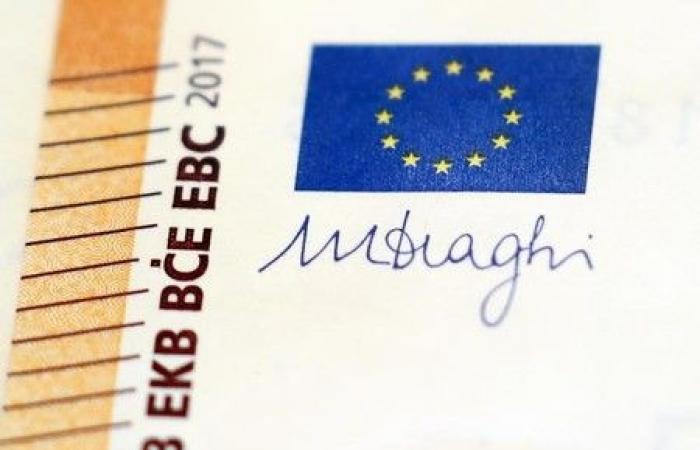The dollar hit an eight-week high above 159 yen on Friday and traded at its highest level in almost five weeks against the pound, as the Federal Reserve’s patient approach to cutting interest rates interest contrasts with more dovish positions elsewhere.
The dollar index, which measures the currency against six other currencies, rose 0.41% overnight, erasing the week’s declines, following a second successive rate cut at the Swiss National Bank and hints from the Bank of England from a reduction in August.
Meanwhile, the yen has remained lower following the Bank of Japan’s decision last week to delay tapering bond-buying stimulus until its July meeting.
As a result, “traders punished the yen with renewed enthusiasm,” driving it above the closely watched level of 159 per dollar on Friday, according to Tony Sycamore, market analyst at IG.
The Bank of Japan, at the behest of the Finance Ministry, spent about 9.8 trillion yen ($61.64 billion) to lift the currency from a 34-year low of 160.245 per dollar, hit on April 29.
Because of this, the US Treasury on Thursday added Japan to a list of countries it is monitoring for possible labeling as a currency manipulator. China is among others on the list.
Still, Japan’s top currency diplomat, Masato Kanda, stressed Friday that Tokyo is willing to take new “decisive” measures against “speculative and excessive volatility.”
“The market is getting nervous once again, you can see it in today’s sell-off. It’s not about market fundamentals, it’s just that the market is nervous about these levels,” said City Index market strategist , Fiona Cincotta.
“The concern is whether and when the Japanese authorities will intervene – and ‘when’ is probably more likely at these levels,” he said.
The dollar was last trading 0.1% weaker at 158.77 yen, after previously hitting 159.12.
The US currency rose 0.1% to 0.8919 francs, after a 0.78% rise the day before.
The dollar index rose 0.1% to 105.7, ending the week flat, following two consecutive weeks of gains.
Sterling was flat at $1.266, not far from Thursday’s low of $1.2655, a level last seen on May 17. The Bank of England left rates on hold this week, but some policymakers said the decision not to cut rates was “finely balanced.”
Data on Friday showed that UK retail sales rose more than expected in May, thanks in large part to improving weather.
Another report showed British business growth slowed in June to a seven-month low, weighed down by jitters ahead of the July 4 general election.
The euro fell 0.1% to $1.0692 after a series of preliminary surveys for June showed service sector activity in France contracted this month, while activity across the German economy slowed.
For their part, Federal Reserve officials left monetary policy unchanged at their June meeting and reduced to one previous forecast of three quarter-point cuts this year, even though inflation has cooled and the labor market has relaxed.
“The resilience of the US economy has given the Federal Reserve a unique position, allowing the US central bank to use higher interest rates as a tool to combat inflation more quickly than it could otherwise do,” said James Kniveton. , corporate currency expert at Convera.
“With other major central banks adopting more dovish stances, this has the potential to continue supporting the dollar in the short and medium term.” ($1 = 158.9900 yen)






